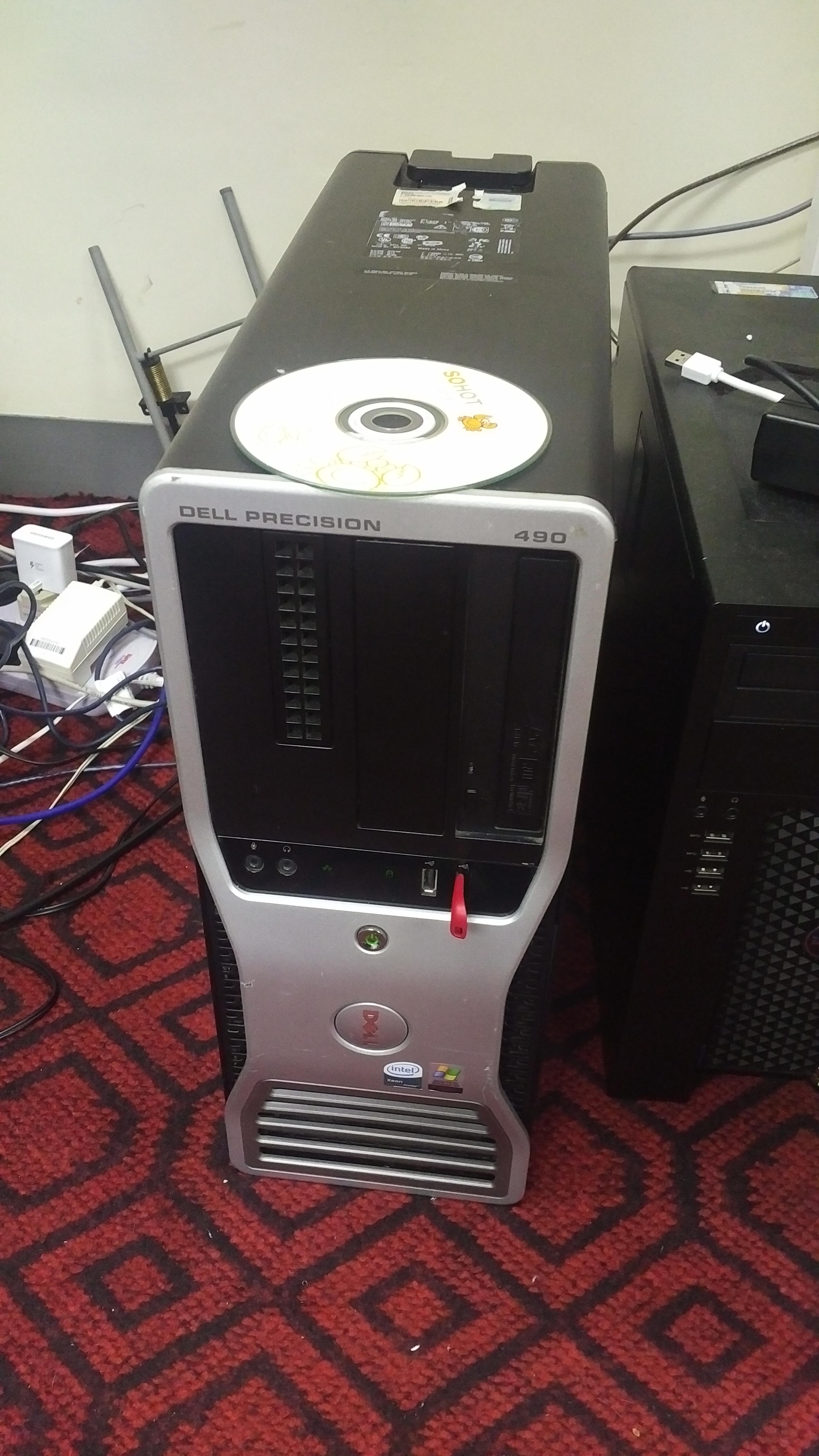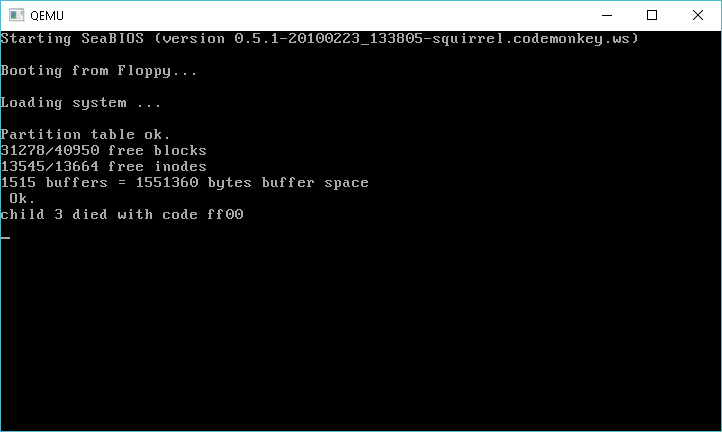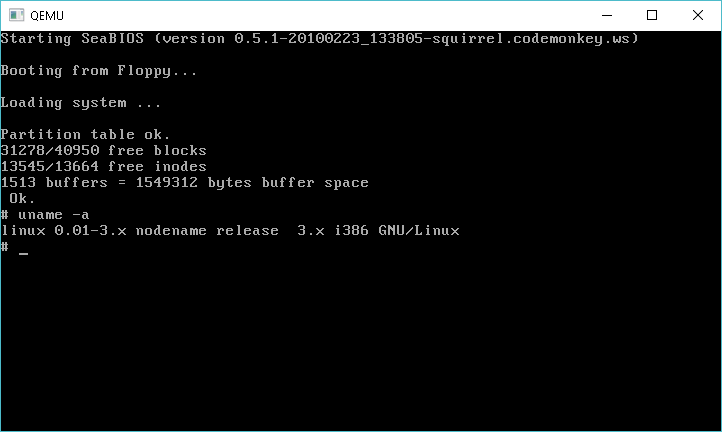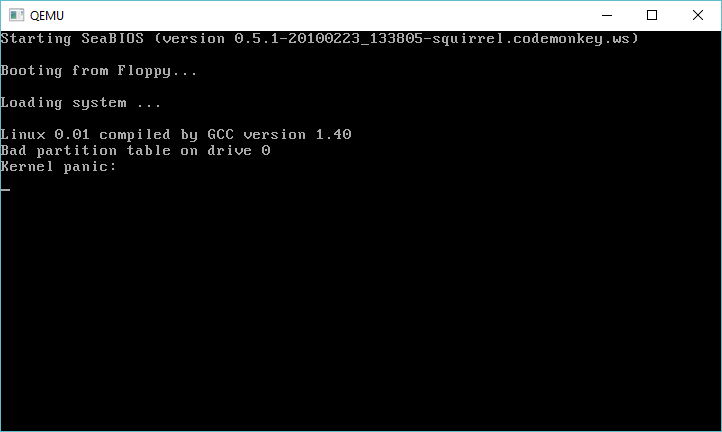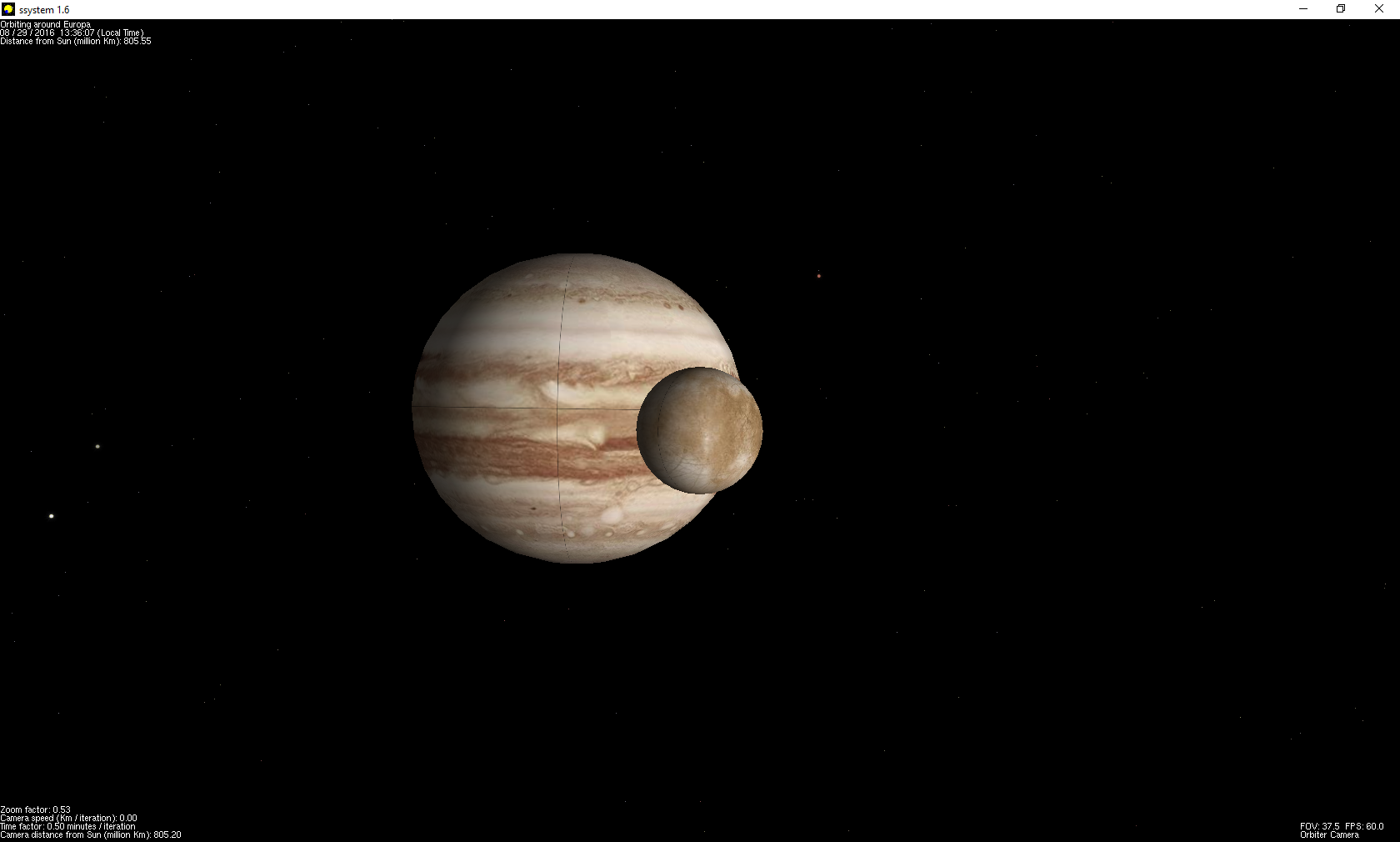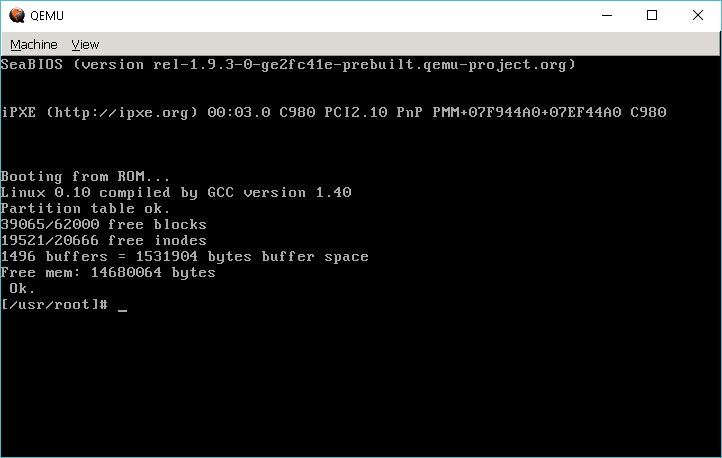So I was cruising around New Capital Computer Plaza, looking for some cisco console cables, and I saw a bunch of old Xeon desktop computers for sale.  Prices were in the 250-500 USD range, which seemed pricey to me.  And keeping in mind that my desktop is already a Xeon E3-1230, it did seem kind of pointless.  But then I saw this Dell Precision 490 for about $99 USD.
Great, so what are the general specs?
Well the ‘nice’ thing about Dell is that they keep all their old stuff online, so looking at the specsheet we can see It’s not a bad machine for something circa 2006. Â Even archive.org has the old pricing online too!
Mine came with a Xeon 5160, 8GB of ram, 250 GB disk, and an ATI HD 4850
- Dell Precision Workstation 490 Desktop – 32bit $2,852
- Dual Core Intel® Xeon® Processor 5160 3.00GHz, 4MB L2,1333 [add $930]
- 4GB, DDR2 SDRAM FBD Memory, 533MHz, ECC (4 DIMMS) [add $570]
- 4GB, DDR2 SDRAM FBD Memory, 533MHz, ECC (4 DIMMS) [add $570]
- 250GB SATA 3.0Gb/s,7200 RPM NCQ Hard Drive with 8MB DataBurst Cache™ [add $90]
By my calculations this machine was about $5,012 USD, and that isn’t including the after market video card, which would be about $180 USD when it was new in 2008, bringing the total MSRP on this thing to $5,192 USD!
Of course it is now 2016, and this machine is 10 years old, with an 8 year old video card. Â Also of interest is that it came licensed for Windows XP x64, which was the first publicly available AMD64 OS from Microsoft. Â Unlike traditional Windows XP, this 64bit version is actually built around Windows server 2003.
The computer came with a pirated copy of Windows 7, which I wanted to promptly remove. Â I have an old MSDN copy of Windows XP x64 that I wanted to install, however the optical drive is broken, and I needed to install from USB. Â Thankfully even though this machine is old, it can boot from USB devices. Â The first step was to download WinSetupFromUSB 1.2 to get XP onto a USB stick. Â Naturally once I had booted from USB, the disk controller wasn’t supported. Â The BIOS screen revealed that it was a:
Serial ATA AHCI BIOS, Version iSrc 1.02.25 07222007. Copyright (c) 2003-2006 Intel Corporation. Copyright (c) 2003-2006 Dell, Inc. Controller …
This translated into the Intel iaStor product, and I was able to slipstream in the last version from 2009, 8.9.0.123 into the USB by using nlite.
I have to say that once I had removed the gratuitous pirated Chinese Windows 7, and installed XP that this machine was pretty damned snappy! Â As always I updated to service pack 2.
The onboard NIC is a Broadcom NetXtreme 57xx gigabit NIC, which unlike the ‘gigabit’ nic on my newer desktop, this one actually works at 1Gb.
With Windows XP installed, I went to the AMD/ATI site, and found the download for the HD 4xxx series, and went ahead and installed Steam.
I have to say that Half-Life 2 runs GREAT. Â According to it’s onboard FPS counter I was getting anywhere around 60-180 FPS. Â Pretty awesome. Â Fallout 3 runs pretty snappy too. Â I tried Deus Ex: Human Revolution, and much to my surprise this vintage 2011 game runs on my 2006 Windows XP x64 setup.
What about the overall internet experience? Â Well this being Windows XP, You are pretty limited by the traditional browsers. Â Internet Explorer 6 is the default browser which to say it’s dated is an understatement. Â I prefer Internet Explorer 7 over 6, but they are both so old it doesn’t matter. Internet Explorer 8 is also an option. Â The last version of Google Chrome to support Windows XP was 49.0.2623.75. Â Chrome 49 plays youtube just fine, Scripted Amiga is a little pokey, but does run.
And how does this thing compare to my normal desktop?  Running Geekbench 2, I get a score of 3396 vs 10864.  Now keep in mind this $99 machine only has a dual core processor, while my newer machine has a quad core + hyper threading CPU.  An interesting comparison is with the Xeon E5320 CPU, with the Dell eking out a victory.
Installing additional software was possible via Virtual Clone Drive, while I did have ISO images of stuff I’ve had physical media of in the past, a broken drive wasn’t going to help me read anything.
I didn’t activate it, but Windows 10 will run on this machine as well. Â I’ll probably upgrade by getting a second JD210Â heat sink (I already found another 5160 processor for $10)
It’s a great machine for sub $100. Â I’d hate to have spent over $5,000 on this thing, but it’s kind of cool to see that a 10 year old machine like this can still be sort of usable. Â Of course updating the software will certainly go a long way in making it really usable.

